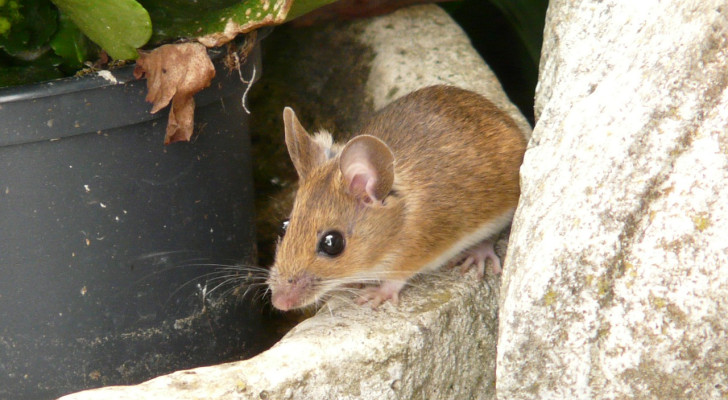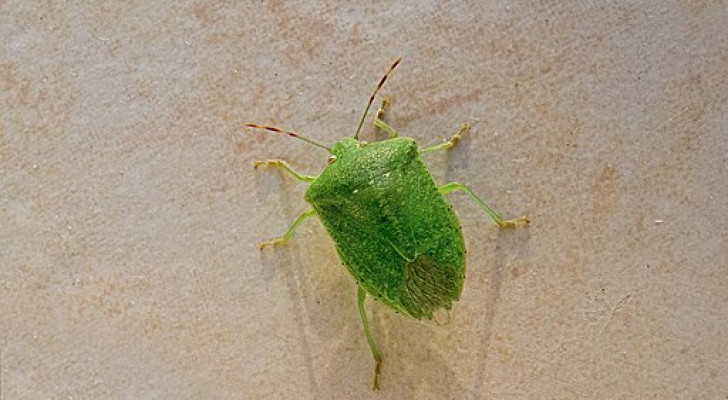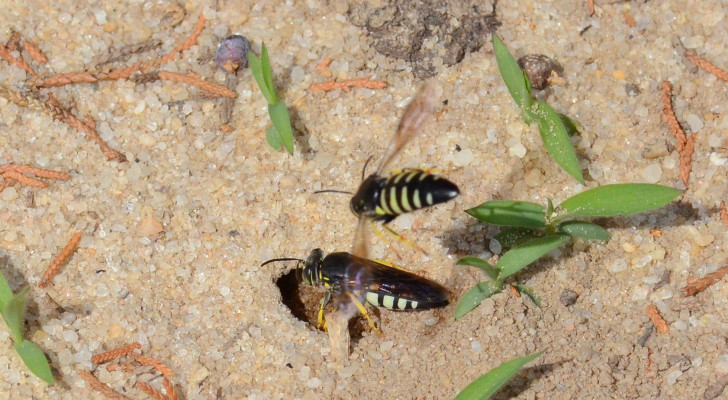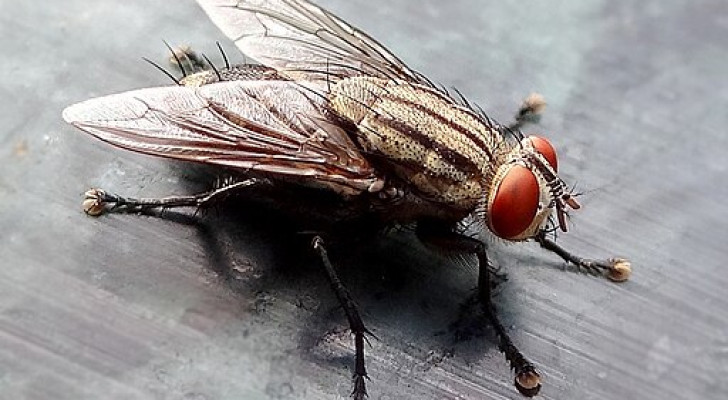Fungus gnats: 5 methods to get rid of them and save your plants
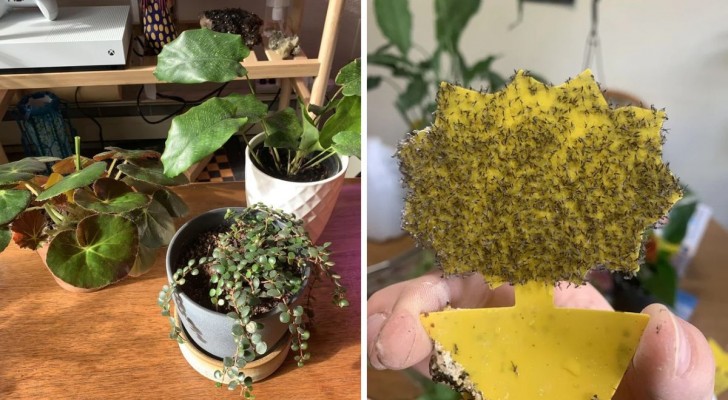
Commonly known as fungus gnats (or "mushroom gnats"), this insect's scientific name is Mycetophilidae - but what are they exactly? These gnats that take up residence amongst the leaves of our plants - especially in apartments - and it is not uncommon to see swarms of them buzzing among the leaves and around the stems of our plants.
They aren't particularly harmful, but they certainly are annoying. They have a mosquito-like appearance and are often confused for being mosquitoes. They are attracted to moist soil in pots, as well as decaying leaves. If you have fungus gnats at home, read on.

Their common name is due to the fact that the larvae of these midges feed on the fungi present in soil. In fact, these insects love to deposit their larvae directly in moist soil. However, they also feed on shoots or roots, so it is really important to prevent them from taking up residence amongst your house plants.
On the preventive level, it is a good idea to make sure you don't over-water your plants (which can also cause root rot). Then reduce the watering requirement risks, make sure that the soil is well-draining. If necessary, add perlite, or sand or expanded clay to lighten the soil a bit. Just like with mosquitoes, make sure water does not stagnate in any flower pot saucers (or other water-catchment devices).
In this way, you will make your plants less attractive for these gnats.
Traps
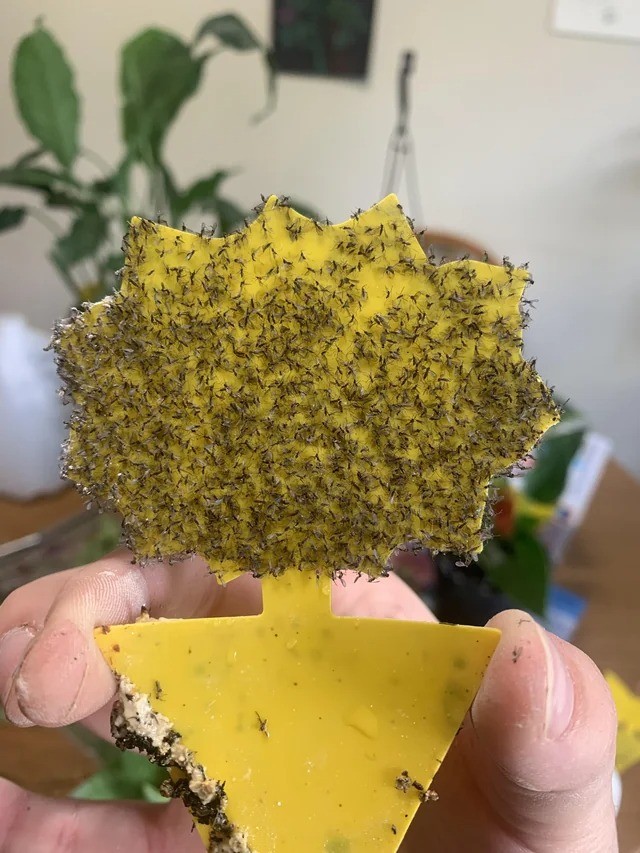
Adhesive (sticky/glue) traps designed to be placed in vases are readily available in shops. They are usually yellow in color and covered with a thin layer of glue to which the gnats get stuck and die.
Be careful not to touch the leaves of the plants with the sticky part of the traps, and remember to check them frequently, changing them when they are full of gnats. If the traps are clean, you've solved your problem.
Here's a DIY remedy: in a bowl, pour two or three fingers of apple cider vinegar or red wine, then add 4 or 5 drops of dish soap. Mix thoroughly and place the bowl near the infested pots. The smell will attach the gnats and they will drown in the liquid.
If you want to create homemade sticky traps, take some yellow cardboard pieces, spread a thin layer of vaseline on them and then place the pieces around the plants.
These gnats are usually prolific in autumn, before the arrival of the cold weather, but they also return in spring. If you have to change the pots for some plants, make sure you also change all the soil, so you will have less risk of transferring any larvae as well.

